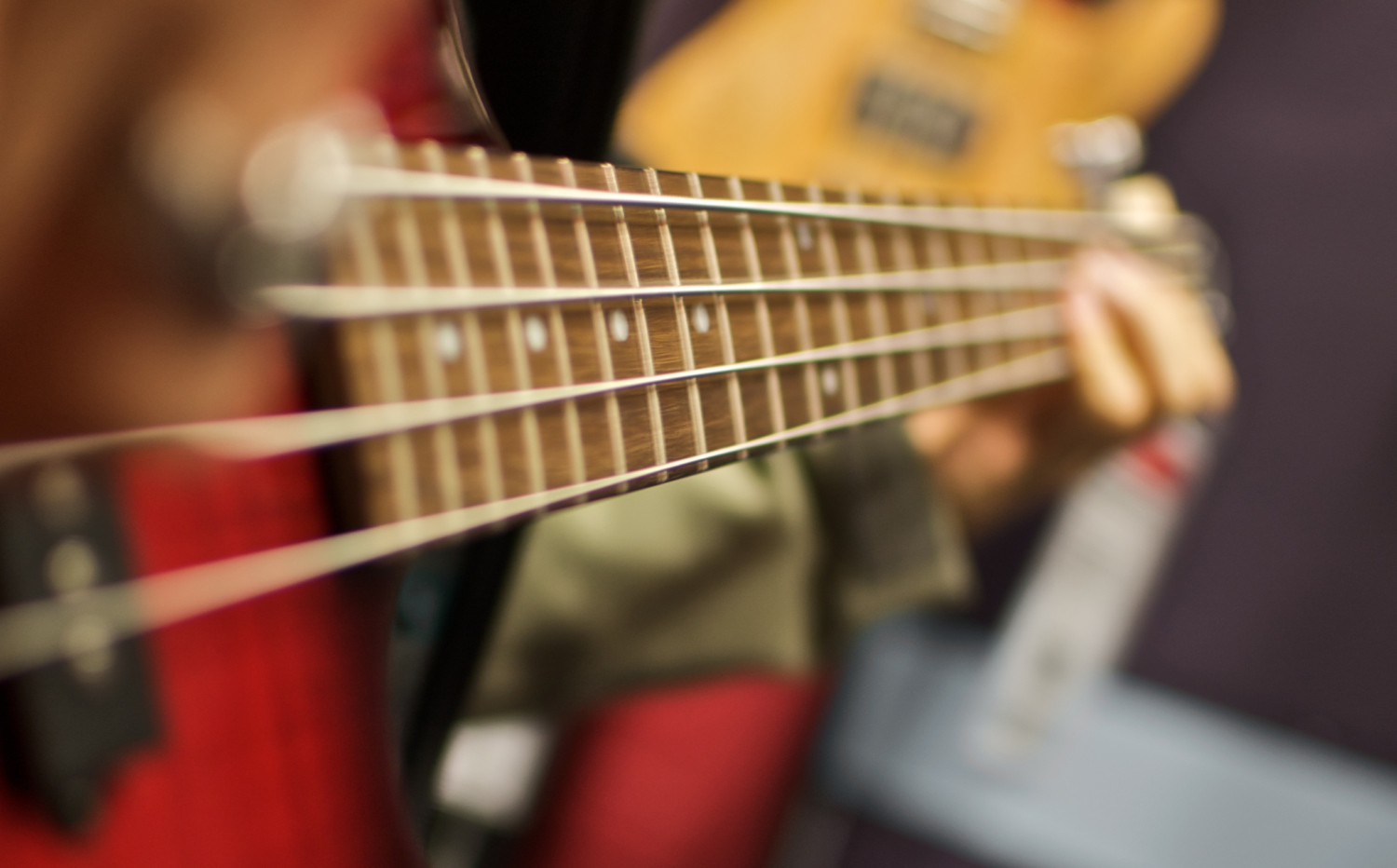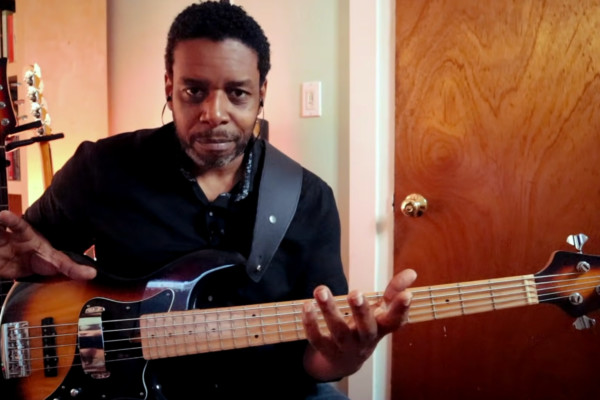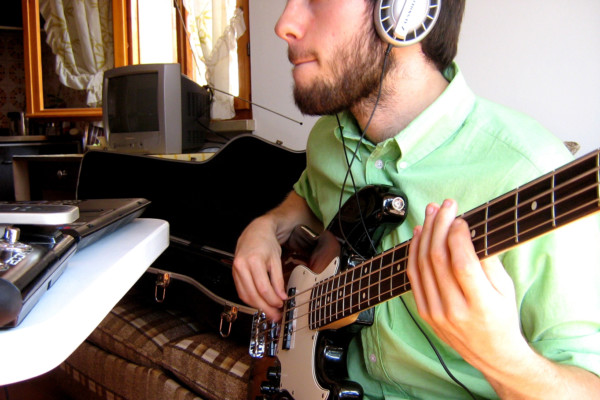Practicing Slower Tempos

Q: I don’t know about you, but when I was a younger and less experienced player, I used to dread playing the faster, up-tempo passages or songs. But that all seemed to resolve itself with practice, and now as an older – hopefully wiser – player, I have come to realize what I have should have been worried about were not the faster passages or songs but the slower ones. It seems to me now that these are precisely the moments when any flaws or weaknesses in your playing are most exposed, even more so than when soloing. I am sure the solution is much the same as before: PRACTICE. Any tips for practicing slower tempos? I have considered maybe taking some drum lessons just to help with the ideas around spacing and time
A: Indeed, for years I used to hide my lack of harmonic sophistication behind a flurry of notes. What I think was really happening was three-fold:
- I was partially fishing for the “good” notes,
- I was never able to hear an end to the phrase because I wasn’t really playing melodies or phrases, per se.
- It was simply easier to play fast than to create a strong, melodic and well executed, solid line.
I eventually got over that phase (with help from some band leaders who did me the favor of not holding back on their critiques when I got in the way of the song). That is only partially related to your question, but I thought it worth sharing.
What you are really asking about is those slow tempos where every note matters but, even more importantly, the space between the notes has everything to do with the success of what you play. Time-feel takes on a whole new dimension when playing a half-notes at 50bpm.
My internal motto is this; to go fast, think slow. To go slow, think fast.
Just as I find it easier to stay relaxed at fast tempos by feeling half or even quarter time internally, it’s equally as helpful at times to feel the subdivisions of the beat when playing slow tempos. You can simply move your body or tap your foot double time or you can tighten it up even more by feeling the 16th notes passing by. The smaller the space in between beats, the less room there is for error.
Body movement of any kind can have a surprising affect on your comfort level while playing different pieces of music. I can only play the Jaco version of “Invitation”, for example, comfortably and phrase in a relaxed way if my body is conveying the time in quarter-time. I call this “feeling the big beats.” I move my body in the larger pulse of the tune, thereby tricking myself into not feeling like I’m hammering away at 16th notes at 185bpm. Inversely, I do best with very slow ballads by double or even tripling the time feel internally. Another example; I like the way I phrase certain songs in 3/4 when I tap my foot in dotted 8ths (3 against 4 feel, with my foot tapping the 4 beats against the 3 beats of the song)
Back to your question, I think practicing like a drummer (or even practicing drumming!) is a fantastic way to work on rhythm in every way. I’ve mentioned in past articles how I used to buy snare drum rudiment books and practice playing nothing but rhythm with a metronome. This is a fantastic way to internalize different rhythmic groupings.
This ties into a common error I catch students making when practicing. We all tend to favor a select handful of tempos. We may like our up-tempo stuff at 180, our mid-tempo stuff at 110 and our ballads at 85, for example. To only ever practice anything at only one tempo is a mistake, in my opinion. This is also, I suspect, why many young drummers tend to push or pull on certain feels in tempo. If your comfort zone is at 115 and the band leader counts it off at 117… a less experienced player will naturally drag.
I like to vary my exercise tempos dramatically. Not only to work on tempos and time-awareness but because I play things differently at different tempos. I always work on tunes with difficult changes as ballads at a multitude of tempos before graduating to mid and up-tempo shed sessions. That also helps to foster a tendency towards playing melodies when improvising as it just sounds weird to shred blistering lines while playing a ballad at 55bpm (to my ears).
*Side note: never adjust the tempo to more comfortably fit what you want to play. Adjust what you play to suit the tempo (this one goes out to the drummers I know who slow down when they want to play certain licks or fills at tempos that they can’t quite manage it in).
So, in essence, yes, play some drums (I think every musician should play at least a little drums or percussion). Even just a pair of sticks, a practice pad and a rudiment book can do wonders! Also, think about your breathing, body movements and, finally, how you are feeling the pulse internally.
I hope there was some food for thought in there for you!
Have a question for Damian Erskine? Send it to [email protected]. Check out Damian’s instructional books, Right Hand Drive and The Improviser’s Path.



